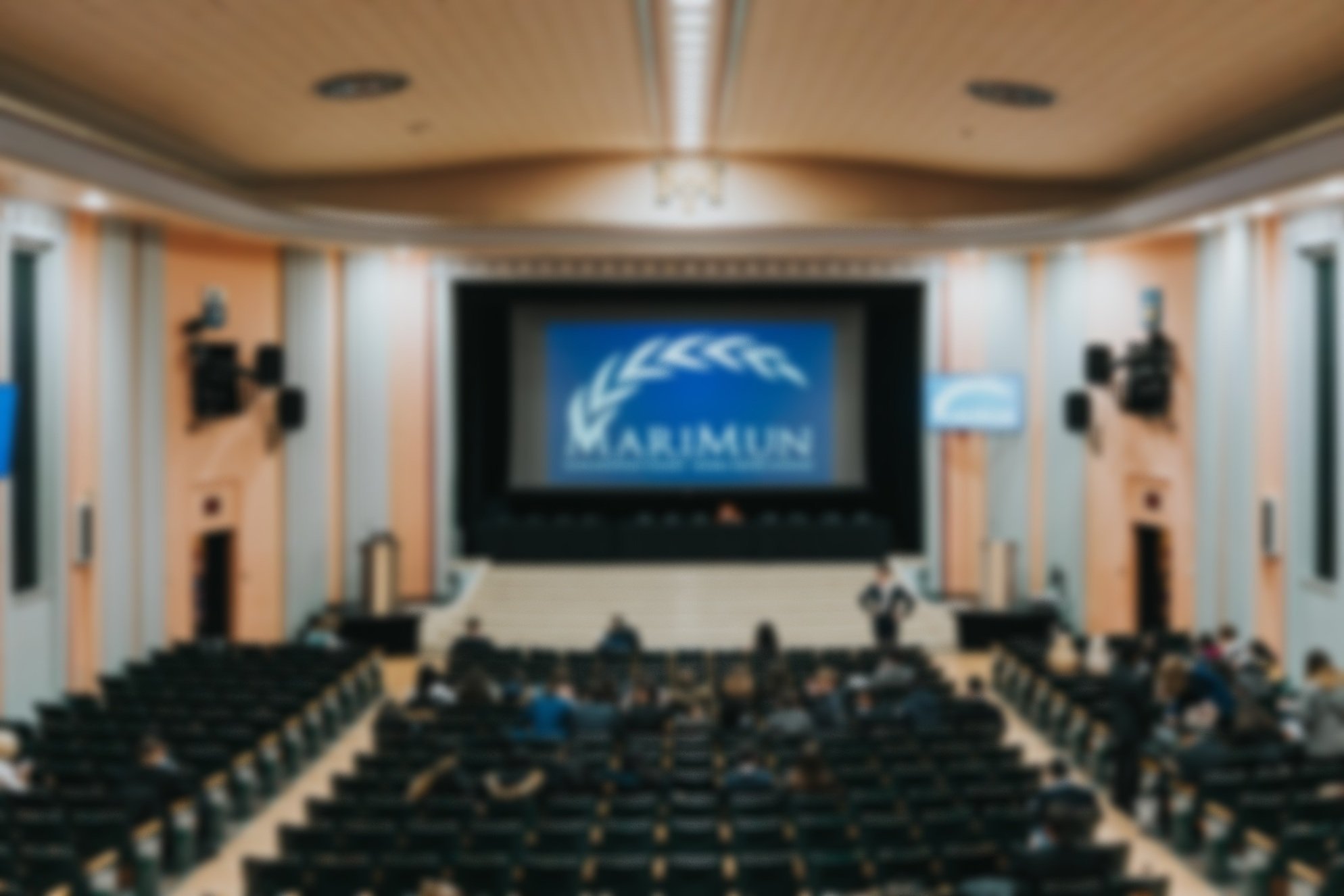Types of committees
-

Specialized agencies
Specialized Agencies (SA) are smaller than GAs, maxing out at around 50 delegates. They usually represent different historical or regional bodies, national legislatures, or even the United Nations’ own Specialized Agencies. Delegates may represent a country, party or person depending on the structure and format of the committee. While they are smaller than GAs, they are still quite beginner friendly and give delegates more of a chance to speak and delve into specific issues.
-

General Assemblies
General Assemblies (GAs) are the largest type of committee offered at a Model UN conferences. The United Nations itself has six GAs: Disarmament & International Security (DISEC), Economic & Financial (ECOFIN), Social, Humanitarian & Cultural, Special Political & Decolonization (SPECPOL), Administrative & Budgetary, and Legal. These committees regularly meet to discuss relevant international issues. The advantage of GAs are their size, which allows for a high number of participants and thus gives a greater quantity of countries speaking time. In MUN, each delegate will represent a country and are expected to read the background guide prepared by the committee’s dais before preparing a position paper.
-

Crisis Committees
Crisis committees simulate small organizations and boards. They’re fast-paced and ever-evolving: rather than representing a country, delegates take on the role of a character that can range from an president to a fictional character, depending on the committee. Each delegate aims to assert their character’s opinions and end the conference having amassed the most social, political, or economic power. While they’re usually more intimate and challenging, crises committees are sure to provide a dynamic and highly rewarding experience.